
Correo más inteligente, negocios más rápidos. Etiqueta, analiza y responde automáticamente a solicitudes, cotizaciones, pedidos y más — al instante.
Tendencias
Categories
TrustFlight strengthens aviation safety with triple acquisition
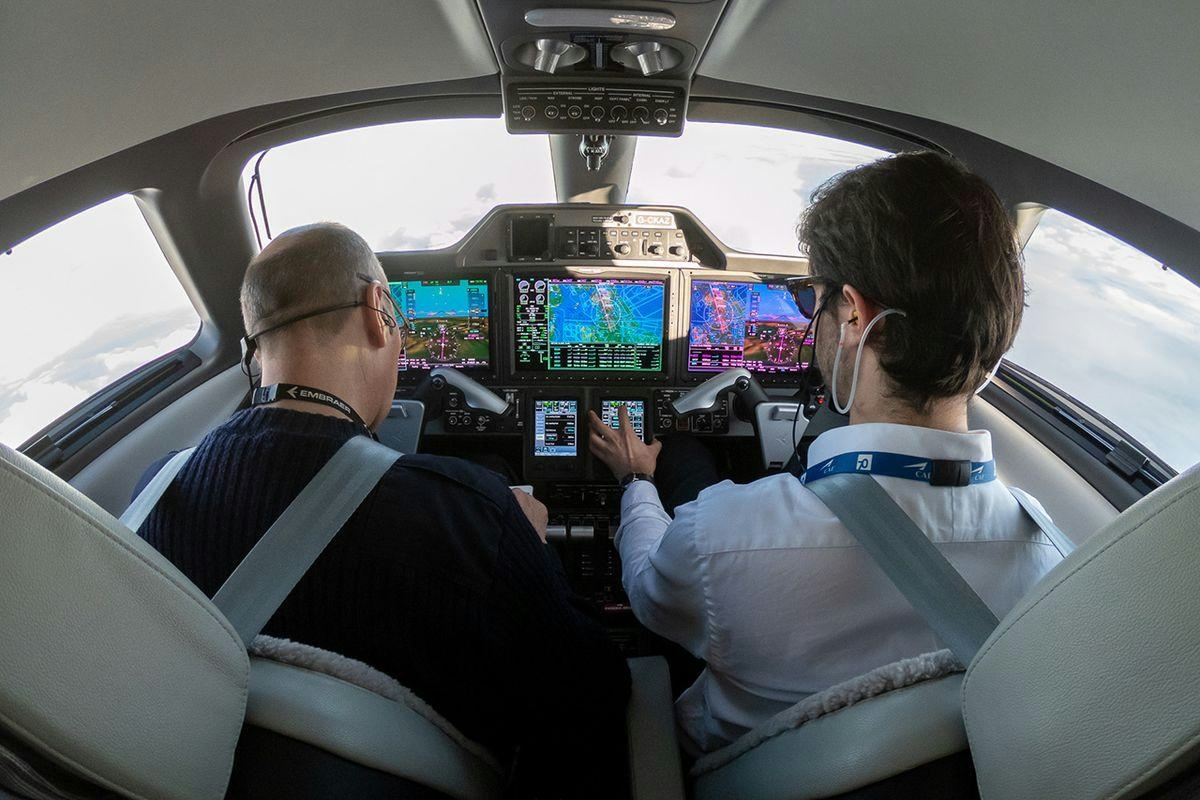
TrustFlight Strengthens Aviation Safety with Triple Acquisition
TrustFlight, a prominent provider of aviation safety and compliance solutions, has announced the acquisition of three specialist firms from Wheels Up: Baines Simmons, Kenyon Emergency Services, and Redline Assured Security. This strategic move is poised to transform the industry’s approach to safety by establishing TrustFlight as the sole integrated partner offering a comprehensive range of services, including training, regulatory expertise, aviation security, quality assurance, and incident support.
A Unified Approach to Aviation Safety
The expanded TrustFlight organization will now serve approximately 1,600 aviation businesses worldwide, encompassing airports, operators, maintenance providers, manufacturers, and regulators. By consolidating these services under one umbrella, clients will benefit from streamlined processes that traditionally required coordination among multiple vendors. TrustFlight’s CEO, Karl Steeves, underscored the importance of this holistic approach, describing safety in aviation as a “lifecycle, not a point solution or set of vendors.” He highlighted that integrating these acquisitions with TrustFlight’s existing software and data platform will create an “operating system for safety,” designed to identify risks earlier, maintain continuous compliance, and expedite recovery from incidents.
The aviation sector currently faces rapidly evolving regulatory requirements, emerging security threats, and increased public scrutiny. Operators are demanding integrated safety solutions that cover training, compliance, security, and crisis response. TrustFlight’s acquisition aims to replace fragmented systems with a unified model, promising to reduce risks, lower compliance costs, shorten audit durations, and enhance overall industry resilience.
Industry Implications and Challenges
While the acquisition marks a significant expansion, it also presents operational challenges related to integrating three distinct companies. Additionally, the scale and potential market impact of the deal may attract regulatory scrutiny. Industry analysts suggest that this consolidation could intensify competition within the maintenance, repair, and overhaul (MRO) sector, potentially driving down prices and elevating operational standards.
Competitors are already adjusting to these shifting market dynamics. For instance, Air Mauritius is pursuing strategic partnerships to bolster its capabilities, while Signia Aerospace is expanding through acquisitions to maintain competitiveness. These developments reflect a broader trend of consolidation and innovation as companies strive to offer more comprehensive safety and compliance solutions.
TrustFlight has confirmed that the acquired firms will retain their existing management teams, branding, technical expertise, and sales operations. Client contracts and contacts will remain intact, but customers will gain access to an expanded suite of services coordinated through TrustFlight’s integrated platform.
This acquisition represents a pivotal moment for TrustFlight, enhancing its position as a comprehensive safety partner amid mounting regulatory and operational pressures in the aviation industry. The move may well establish new benchmarks for safety, efficiency, and integration across the sector.

FG Highlights Progress in Aviation Reforms, Announces Nigeria’s First International Airshow
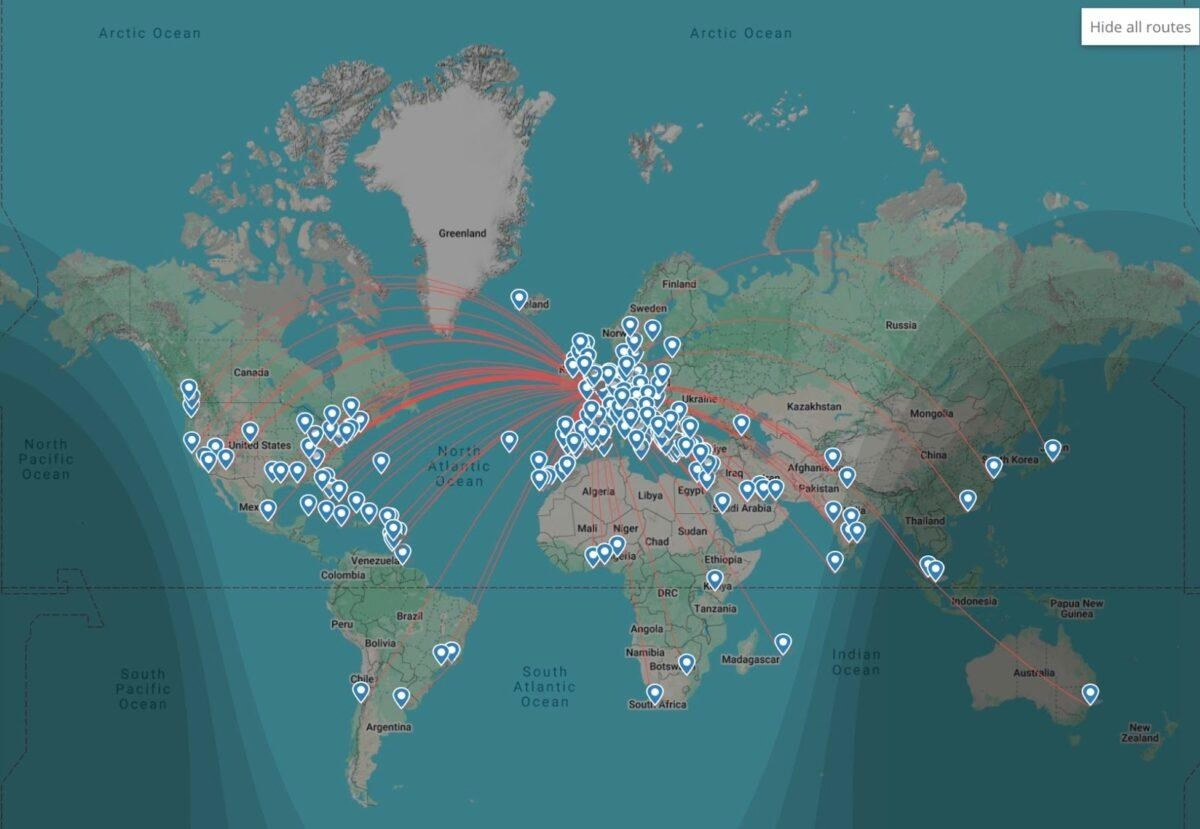
Key Aerospace and Aviation Hubs Around the World
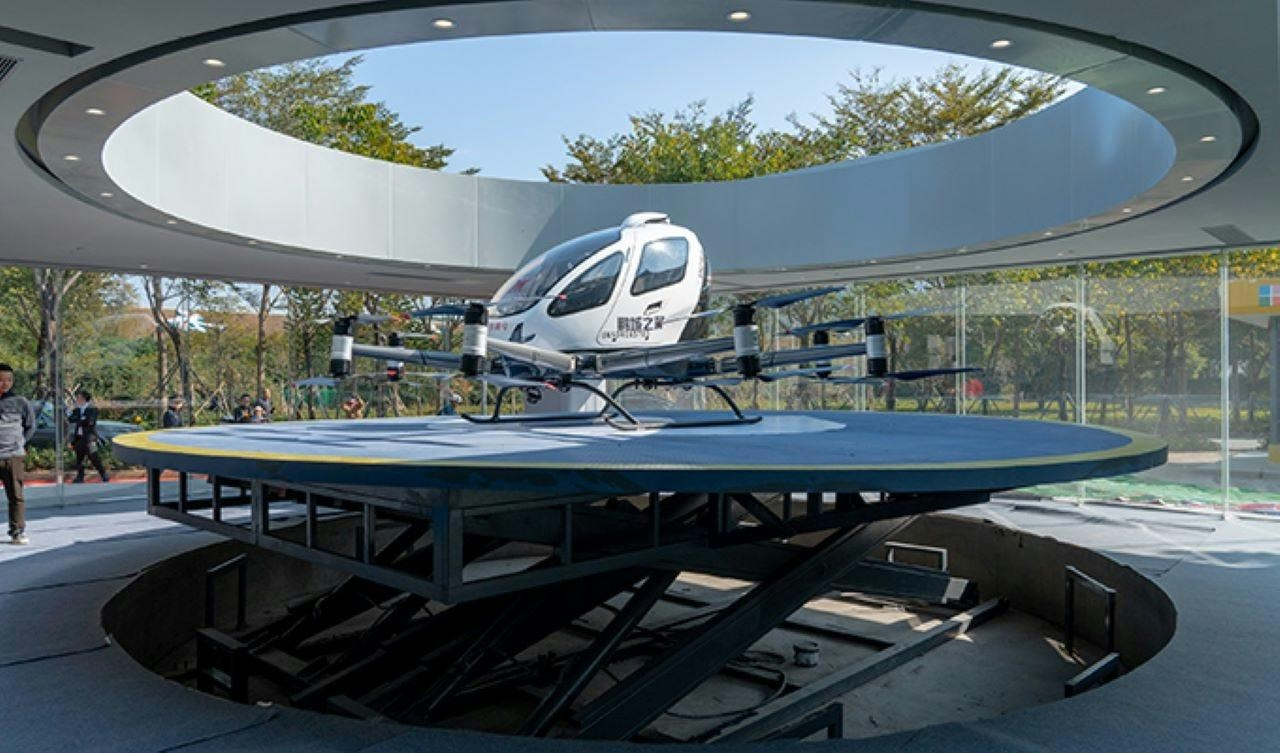
CushWake to Identify Sites for Air Taxi Vertiports
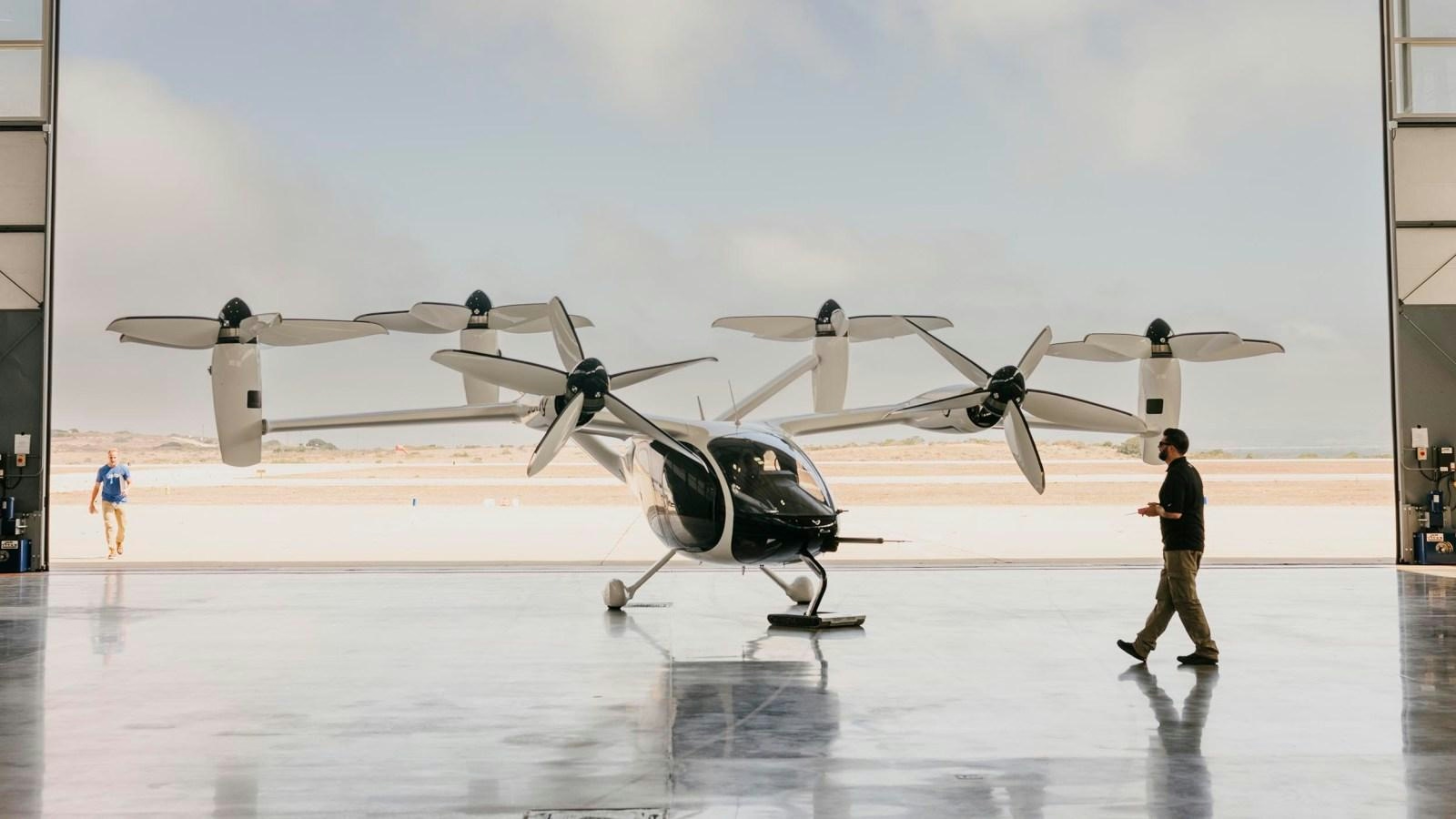
Could Fullerton Airport host self-flying air taxis in the future?

Blade Announces Expanded Flight Service at NBAA-BACE in Las Vegas

Instacart Partners with United Airlines to Offer Miles and Free Delivery
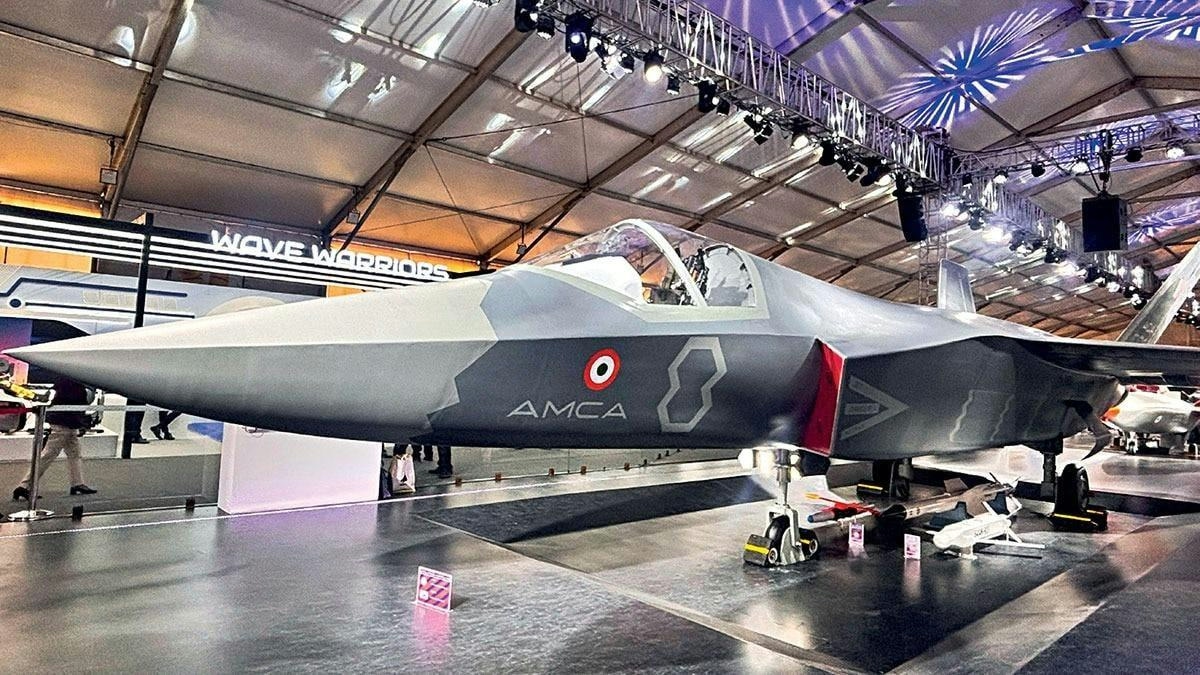
Next-Generation NGAP Engines to Enhance U.S. F-47 Air Dominance; Prospects for India’s AMCA

Tampa could soon be home to an air taxi 'vertiport'

The Future of Flying Vehicles Is Approaching
